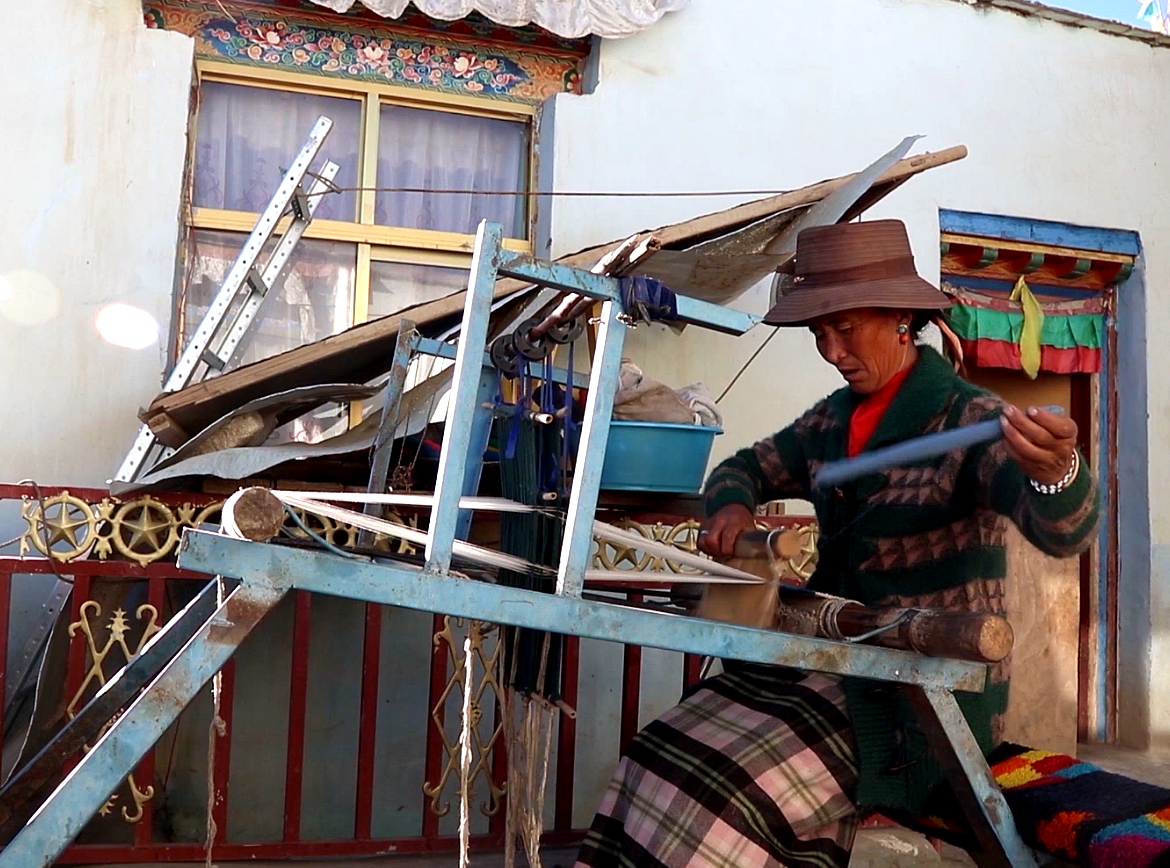Scientists in Yunnan province have strong evidence that sun bears live in China.
![A sun bear.[Photo provided to China Daily] A sun bear.[Photo provided to China Daily]](http://images.china.cn/attachement/png/site1007/20170802/f44d307d90cc1aeb708033.png) |
|
A sun bear.[Photo provided to China Daily]
|
A video taken by scientists with infrared cameras on the evening of Oct 23 in Yingjiang county, clearly shows the features of sun bears-a stocky, muscular build, small ears and a short muzzle-which earned them the nickname “dog bear”.
The images, captured by researchers from the Chinese Academy of Sciences’ Kunming Institute of Zoology, confirms the presence of sun bears in Yunnan for the first time in 45 years. Gathering data is difficult because of the animals’ remote habitat and shy personality.
“This precious video is the first recorded image of the species in China, and strongly supports the existence of sun bears here,” said Jiang Xuelong, a researcher at the institute, who conducted the study.
The sun bear is the smallest species of bear. It grows to about half the size of a North American black bear. Males, which are slightly larger than females, are about 1.5 meters in length and weigh up to 75 kilograms.
Sun bears are nocturnal. They have an excellent sense of smell and extremely long claws. They also sport a long tongue that’s used for extracting honey from bees’ nests-giving them another nickname, “honey bear”.
The bear is a tree-dwelling species that inhabits tropical forests in Southeast Asia, including Malaysia, Thailand and Vietnam. It is among the top species on China’s endangered wildlife list and is under top-level protection.
In 1972, two Chinese researchers recorded a female sun bear in southeast Yunnan’s Lyuchun county, marking the first time a sun bear was officially recorded in China, Jiang said.
Even though there have been reports of sun bears since 1972, he said most of them are controversial because of a lack of detail and no photos. Some scholars have even wondered whether the sun bear was extinct in China.
“The major threats to sun bears are habitat loss and commercial hunting,” said Li Fei, the lead author of the study and a conservation officer at Kadoorie Conservation China, a department under the Kadoorie Farm and Botanic Garden, who focuses on conservation work.
“China has no previous research on the sun bear. The 10-second video is surely exciting,” he said.
“It has critical meaning in verifying the existence of the species in China. In the future, more extensive studies and necessary conservation measures will be carried out in related areas. The video will guide our further studies of the sun bear, which is crucial for its protection.”
Currently, official data about the number of wild sun bears in China is not available. The country has about 20 sun bears in a breeding center. Worldwide, 164 sun bears live in zoos, according to one report.

 0
0 







![A seminar commemorating the 80th anniversary of the Taihang Anti-Japanese Aggression Base is held in Zuoquan County, Shanxi Province, from July 30 to 31, 2017, [Photo by Yuan Xiao /China.org.cn] A seminar commemorating the 80th anniversary of the Taihang Anti-Japanese Aggression Base is held in Zuoquan County, Shanxi Province, from July 30 to 31, 2017, [Photo by Yuan Xiao /China.org.cn]](http://images.china.cn/attachement/jpg/site1007/20170802/f44d307d90cc1aeb85ba3c.jpg)
![Wu Shuchun carries a firefighting hose at Shantou village, Dadeng Island in East China's Fujian province, on July 24, 2017. [Photo provided to chinadaily.com.cn] Wu Shuchun carries a firefighting hose at Shantou village, Dadeng Island in East China's Fujian province, on July 24, 2017. [Photo provided to chinadaily.com.cn]](http://images.china.cn/attachement/jpg/site1007/20170802/f44d307d90cc1aeb710f35.jpg)
![A sun bear.[Photo provided to China Daily] A sun bear.[Photo provided to China Daily]](http://images.china.cn/attachement/png/site1007/20170802/f44d307d90cc1aeb708033.png)
No comments.